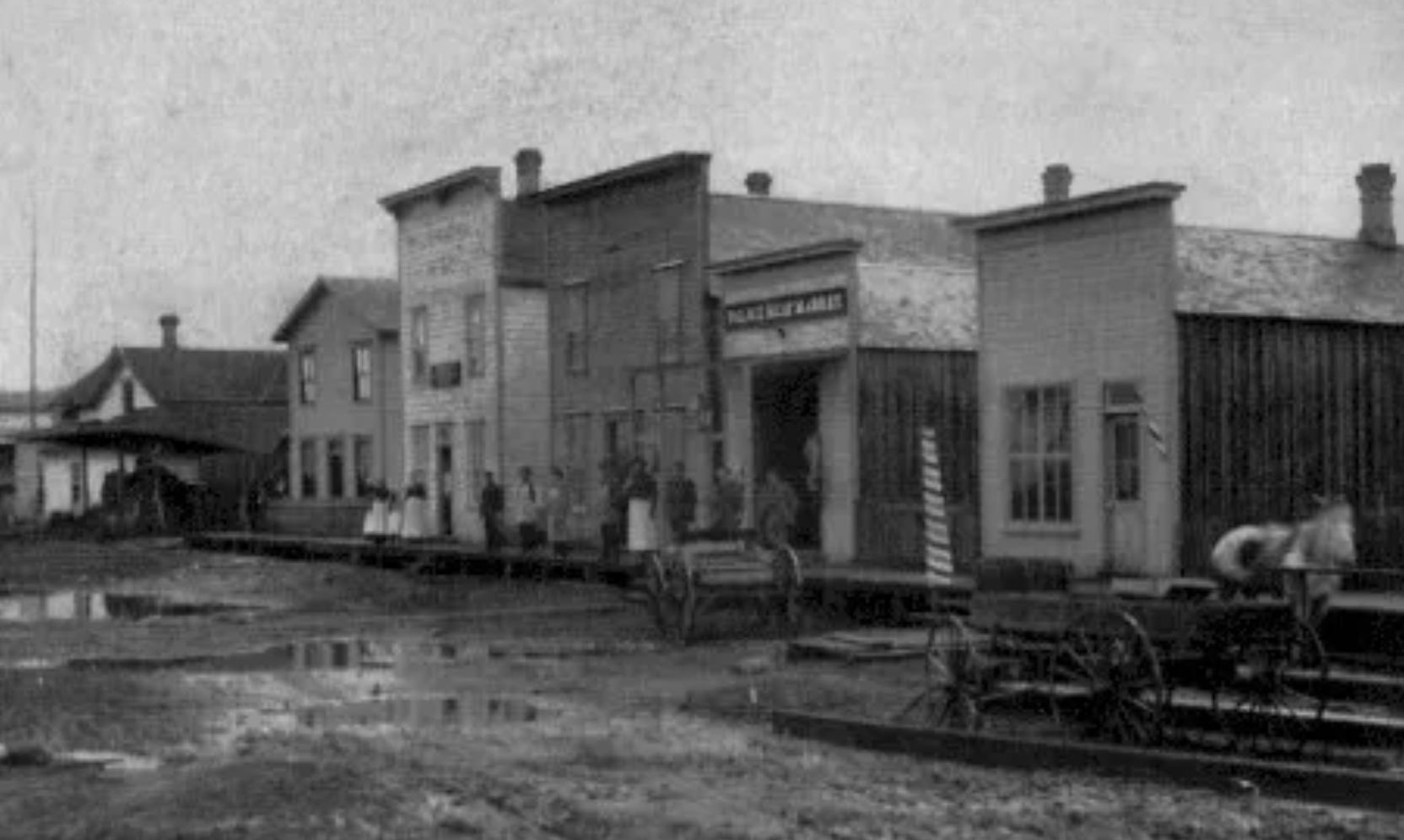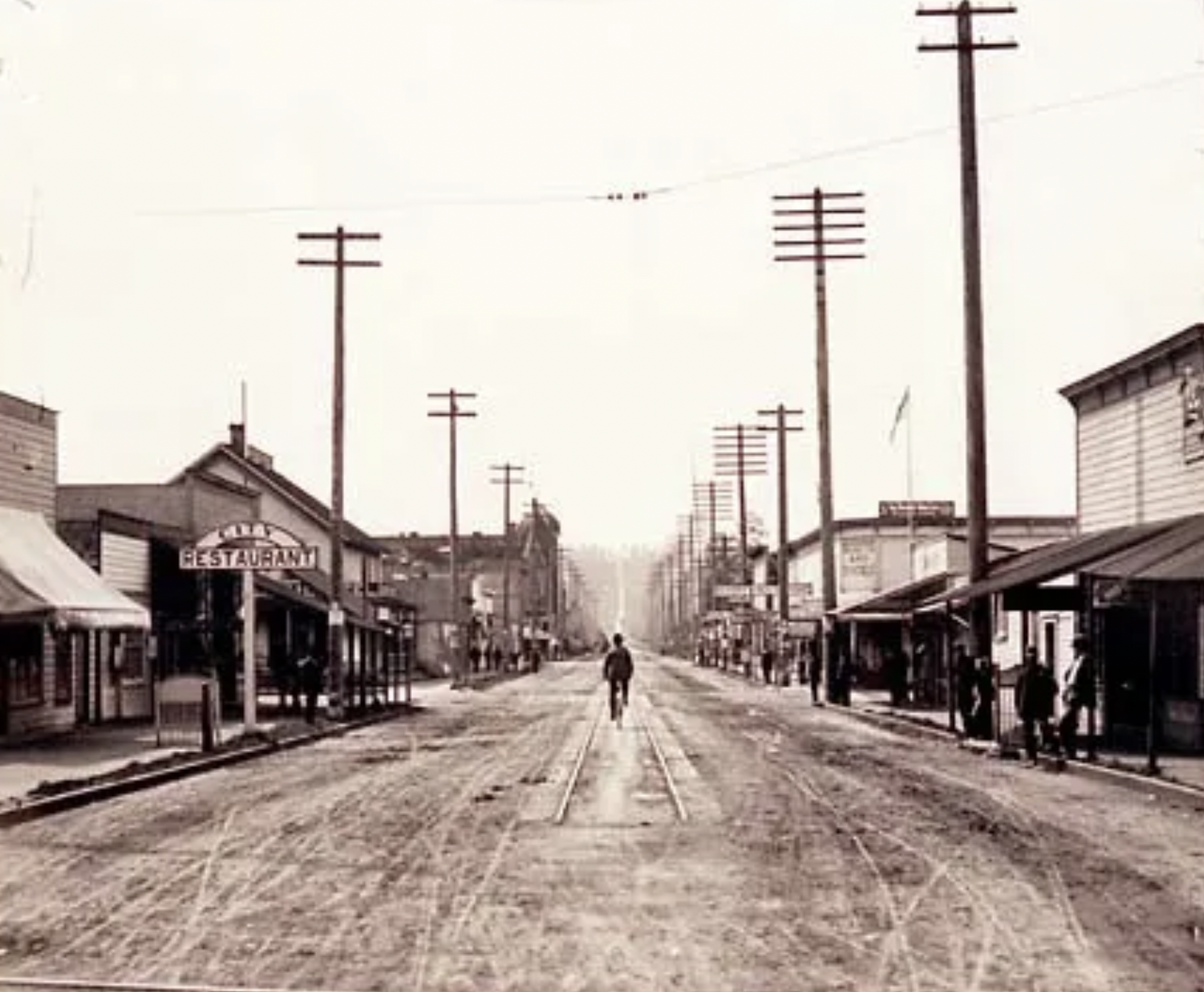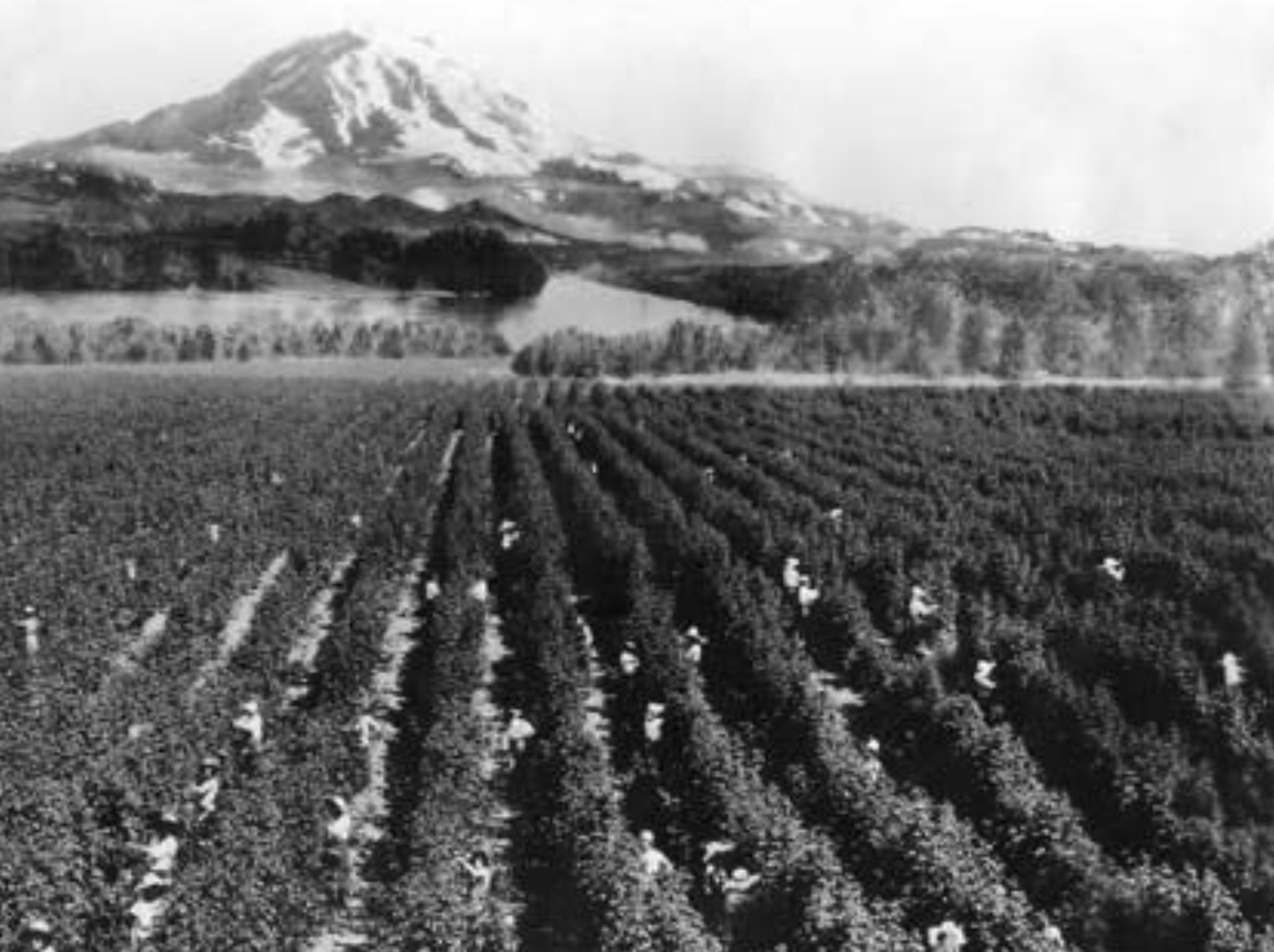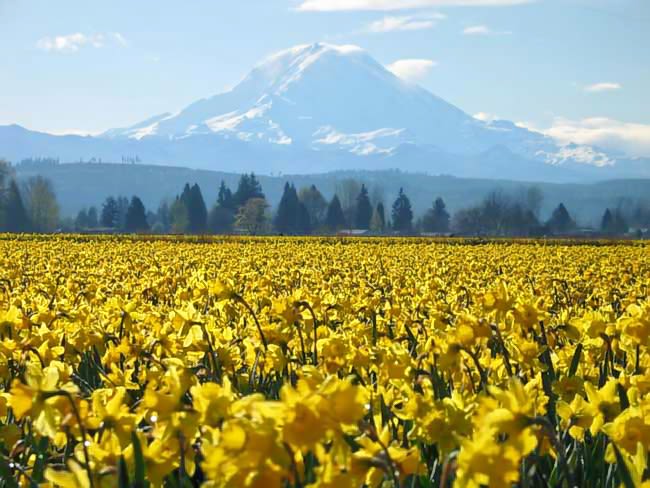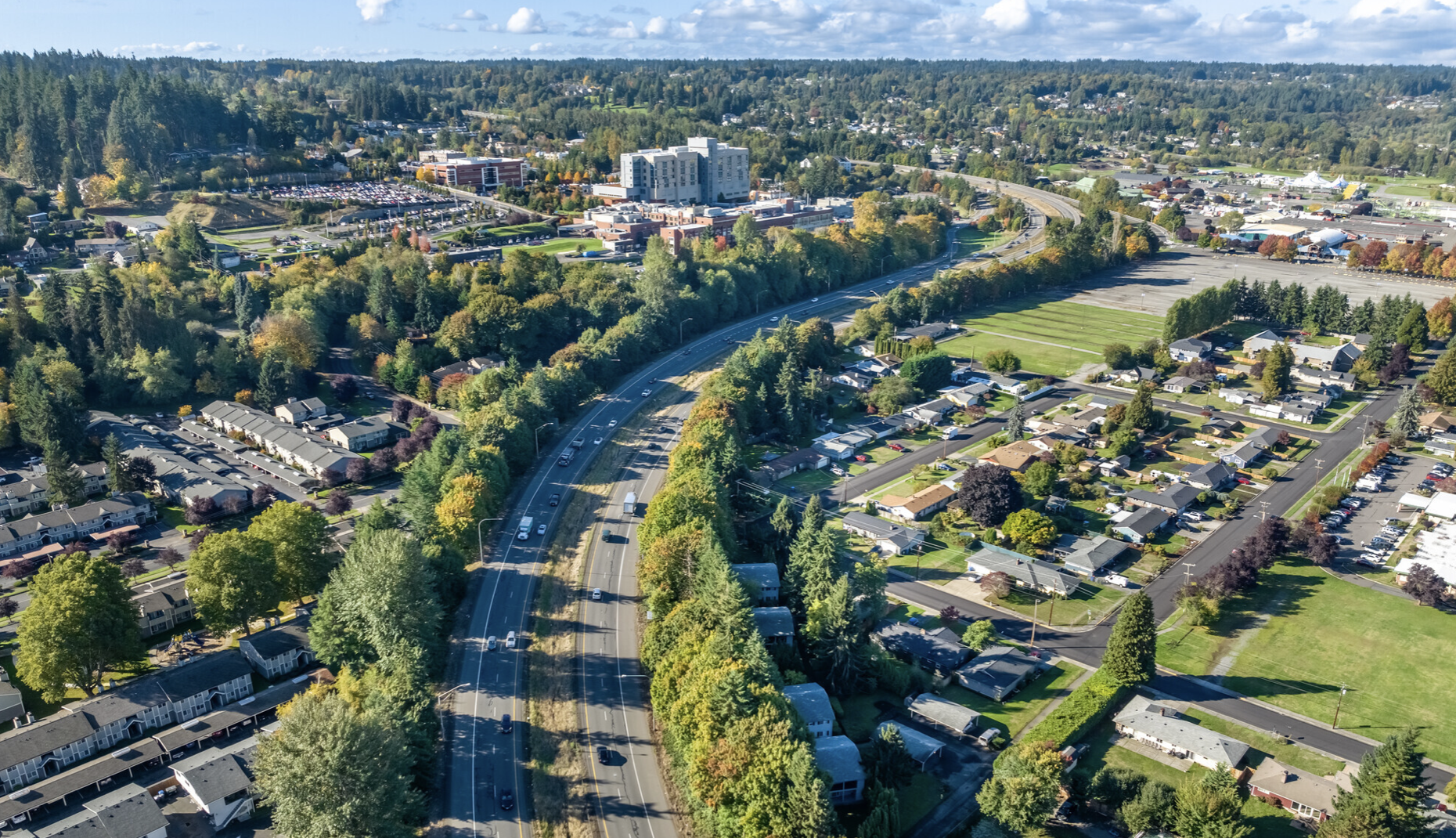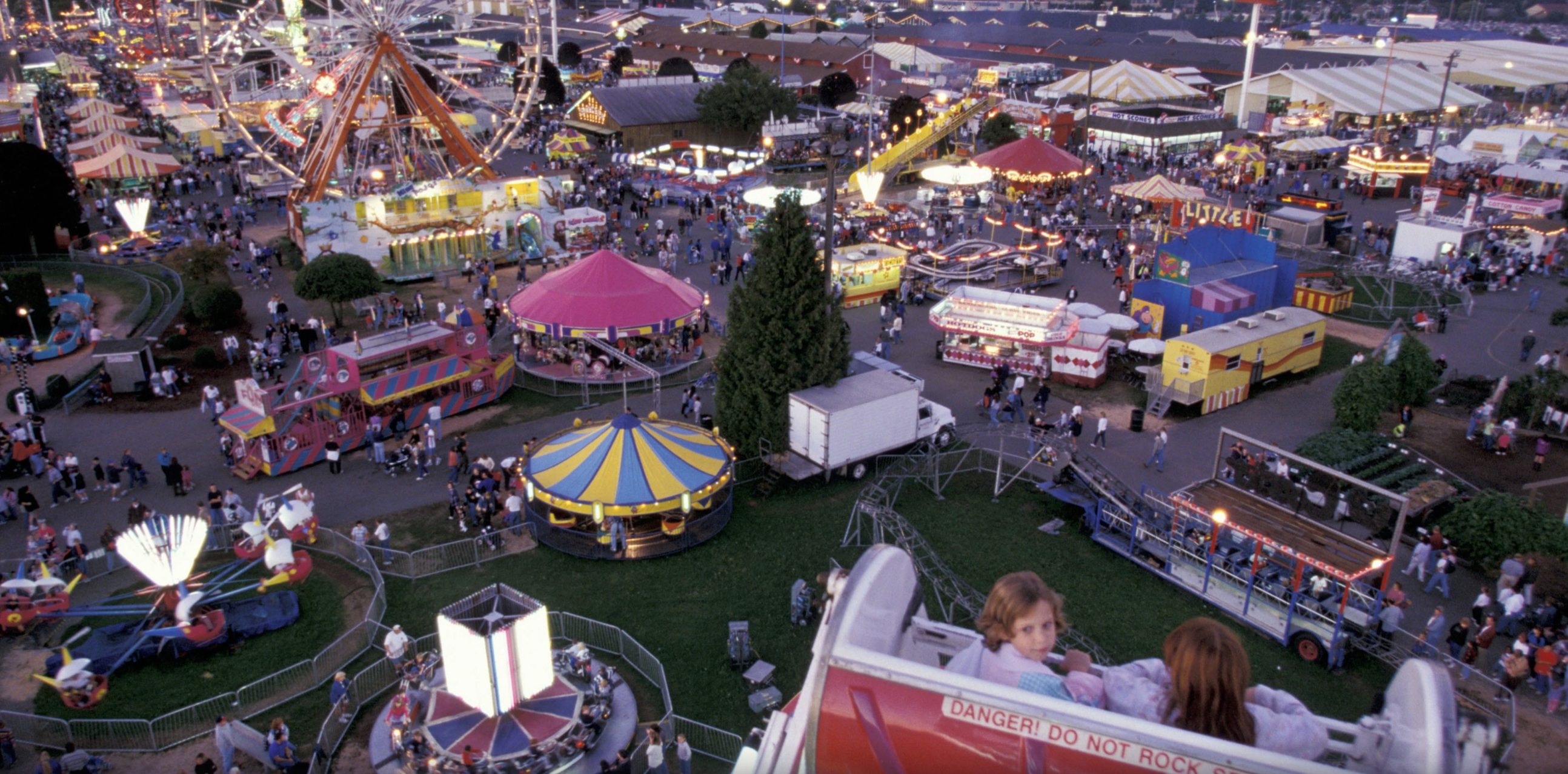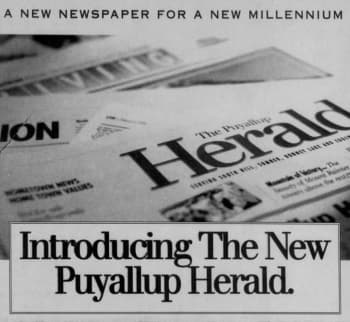The Decline of Local News in Puyallup
By Tionna Snyder
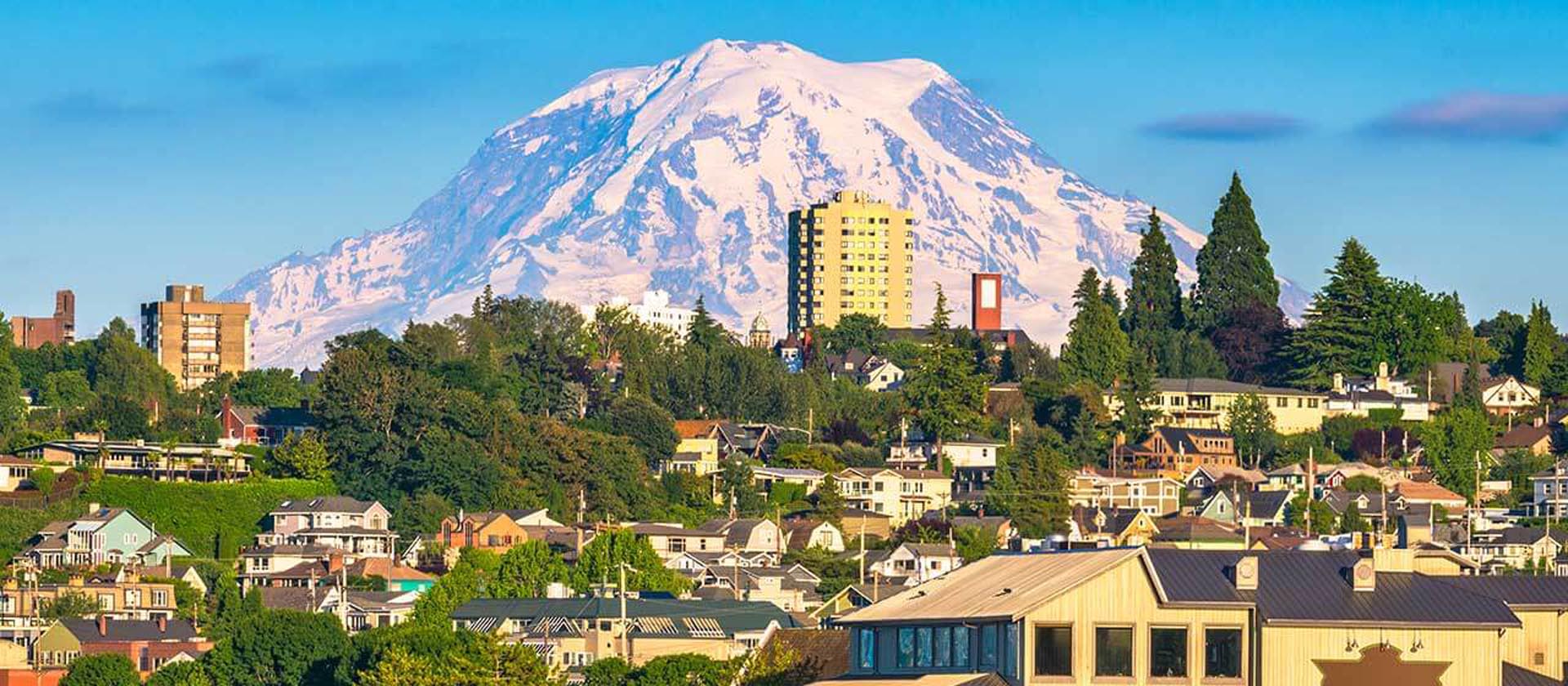
THE BACKGROUND:
Local news is a graveyard, full of lost media and vacant newsrooms. According to The Local News Initiative (LNI), a program at Northwestern college, we’ve lost more than 3200 local papers since 2005 and it’s predicted that we will have lost more than 1/3rd of our print papers by the end of this year. “A little fewer than 5,600 newspapers remain, 80% of which are weeklies.” Small cities and towns have taken the hardest hit, with most news organizations located in large, metropolitan areas. Job opportunities are also getting more difficult to find as there are now 100,000 less people employed in the industry.
“In 2005, 500 of the largest U.S. news outlets had a combined print and digital circulation of more than 50 million. Today, those same outlets, or at least the ones that still exist, have a combined circulation of just 10 million.”
- Northwestern Local News Initiative
Why is the Industry in Such Bad Shape?
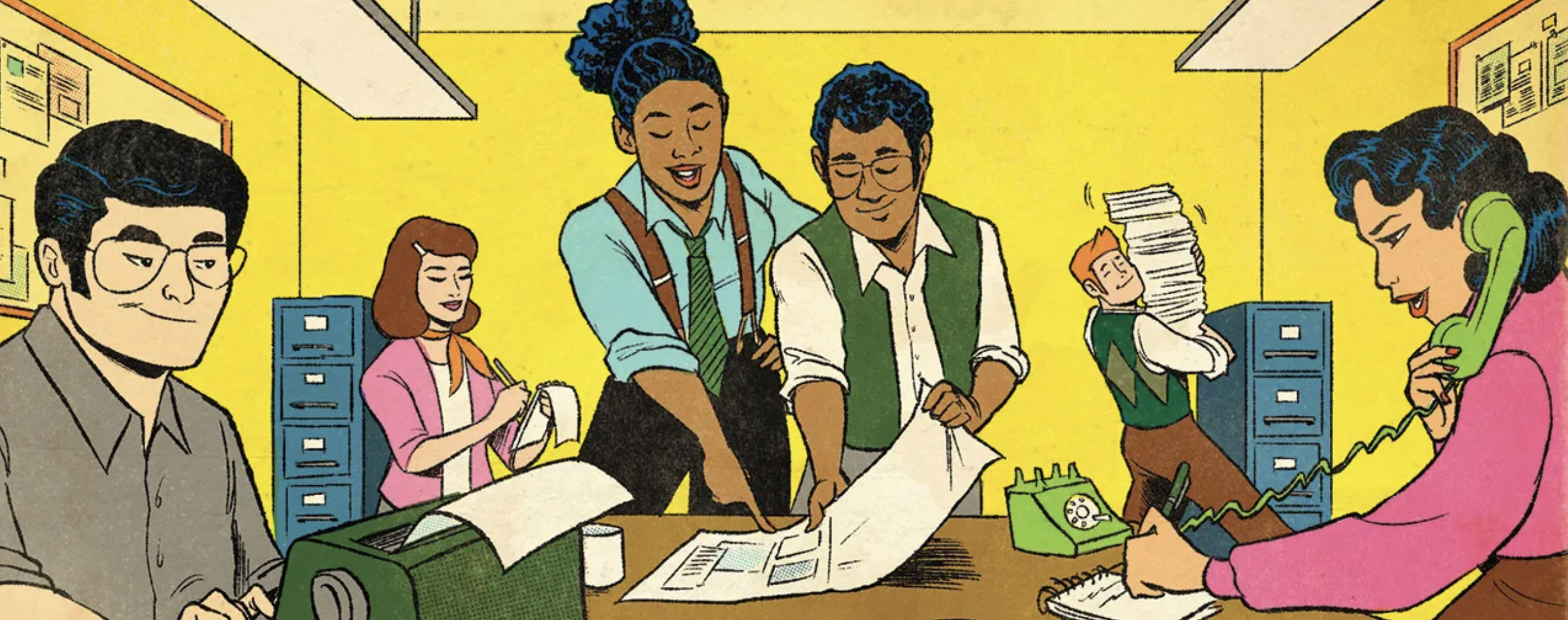
Shift to Digital Media
Unlike traditional, physical news locations, digital news platforms have become more popular as news organizations try to adapt to the increase of social media and other digital networks. Pew Reseach Center reported that since 2024, 23% of U.S adults in 2024 prefer to get their news online, which has increased from 15% in 2018. By contrast, the interest in local print news has declined from 41% to 33%.
"Local TV newscasts lose an estimated $1.87 billion each year from Google Search and Facebook News Feeds."
- National Association of Broadcasters (NAB), from Economic Impact of Big Tech Platforms on the Viability of Local Broadcast News (Adgate, 2021).
High Productions Costs and Declining Revenue
Due to the changing media landscape, the journalism industry has had trouble generating enough revenue to stay afloat. Statistics from the Pew Research Center show that advertising revenue for newspapers fell from $46.2 billion in 2003 to $14.3 billion in 2018.
Lack of Trust in the News
Many people, especially those from marginalized communities, did not feel they were fairly represented by journalists. This weakened the trust between local communities and reporters, damaging the industry’s credibility.
"If you're not careful, the newspapers will have you hating the people who are being oppressed, and loving the people who are doing the oppressing."- Malcom X
Lack of accountability in the journalism industry has also made many citizens lose trust in accurate and unbiased reporting.
The History of Puyallup, Washington
Named “the generous people”, the first natives of Puyallup lived in a fertile valley alongside a river, near Mount Rainier. The valley started attracting newcomers in 1850, and the city was established in 1890 after hops and berries quickly made settlers wealthy.
Downtown Puyallup in 1883. Town Shops. Sourced by: Admin. “Amazing Pictures of Puyallup’s History.” Puyallup, 30 Sept. 2015, www.puyallup.com/amazing-pictures-of-puyallups-history/.
Downtown Puyallup in 1883. Town Shops. Sourced by: Admin. “Amazing Pictures of Puyallup’s History.” Puyallup, 30 Sept. 2015, www.puyallup.com/amazing-pictures-of-puyallups-history/.
Puyallup in 1890, Meridian St. looking South. Photo from Beta Womens Club Collection, Puyallup Public Library. Sourced by: Admin. “Amazing Pictures of Puyallup’s History.” Puyallup, 30 Sept. 2015, www.puyallup.com/amazing-pictures-of-puyallups-history/.
Puyallup in 1890, Meridian St. looking South. Photo from Beta Womens Club Collection, Puyallup Public Library. Sourced by: Admin. “Amazing Pictures of Puyallup’s History.” Puyallup, 30 Sept. 2015, www.puyallup.com/amazing-pictures-of-puyallups-history/.
Farmland in Puyallup. Sourced by: “Puyallup’s History.” Puyallup’s History | Puyallup, WA, www.cityofpuyallup.org/1911/Puyallups-History. Accessed 1 May 2025.
Farmland in Puyallup. Sourced by: “Puyallup’s History.” Puyallup’s History | Puyallup, WA, www.cityofpuyallup.org/1911/Puyallups-History. Accessed 1 May 2025.
Close to the major metropolitan city, Seattle, Puyallup boasts a population of around 42,000 people, with an average age range of 35-39 . About 73% of the population is White, however diversity has been increasing in the city in the past few years. The city is known for its yearly fair, being the largest fairground event in the state (Washington State Fair, 2025).
Puyallup valley and Mount Rainier. Sourced from: “Mount Rainier Seen from Puyallup, Washington.” USGS, www.usgs.gov/media/images/mount-rainier-seen-puyallup-washington. Accessed 1 May 2025.
Puyallup valley and Mount Rainier. Sourced from: “Mount Rainier Seen from Puyallup, Washington.” USGS, www.usgs.gov/media/images/mount-rainier-seen-puyallup-washington. Accessed 1 May 2025.
Scenic view of Puyallup neighborhood. Sourced from: Puyallup, WA City Guide | about Living In ..., www.homes.com/local-guide/puyallup-wa/. Accessed 1 May 2025.
Scenic view of Puyallup neighborhood. Sourced from: Puyallup, WA City Guide | about Living In ..., www.homes.com/local-guide/puyallup-wa/. Accessed 1 May 2025.
Puyallup fairgrounds. “Visit Puyallup: 2025 Travel Guide for Puyallup, Tacoma: Expedia.” Expedia.Com, www.expedia.com/Puyallup.dx9430?gallery-dialog=gallery-open. Accessed 1 May 2025.
Puyallup fairgrounds. “Visit Puyallup: 2025 Travel Guide for Puyallup, Tacoma: Expedia.” Expedia.Com, www.expedia.com/Puyallup.dx9430?gallery-dialog=gallery-open. Accessed 1 May 2025.
What Happened to Journalism in Puyallup?
Puyallup only had one major local news organization, The Puyallup Herald, who put out weekly articles. Now, the Puyallup Herald has been absorbed into the News Tribune, a site covering news in Washington state. As the Herald was founded in the 1880’s, it’s difficult to find examples of their media coverage, however one can assume they focused on the typical categories: local politics, arts and culture, crime, and opinion, similar to the content published from the Tribune today. Both publications also only released stories once a week. It’s unclear exactly when the two merged, one again showing the lack of interest in local news media, although it’s likely this was in the early 2000’s.
Now people are getting their news online and from community ties. Social media has also been a popular avenue for citizens to share information.
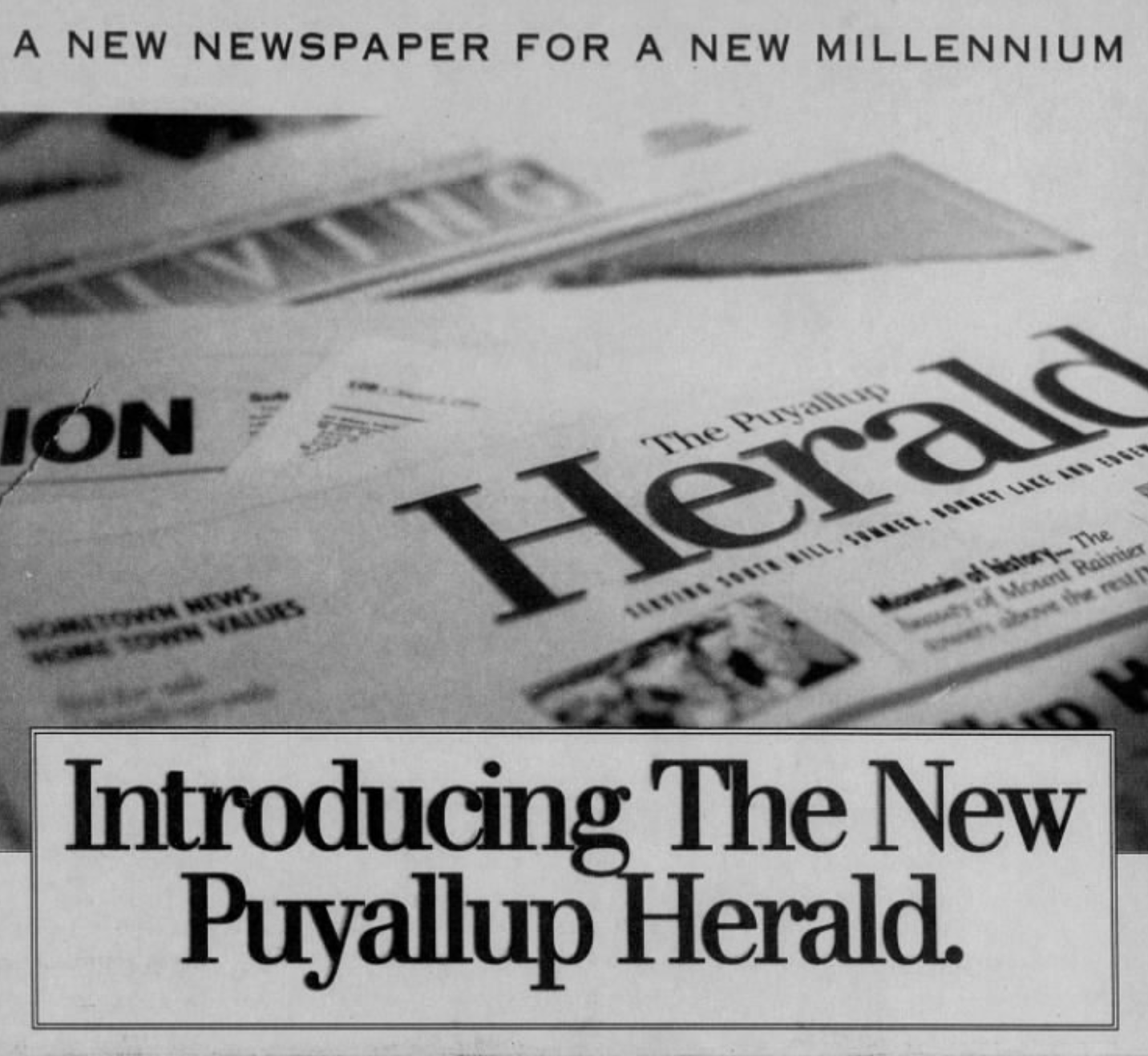
"I don't feel like city government is making any active plans to try to get communities together, I've never seen any outreach, everything is sort of grassroots."
Joe Colombo, Puyallup Resident
What Does the Community Want?
According to a small sample study of 23 people from the neighborhood site NextDoor, several people feel their needs were not being met and expressed an interest in learning more information about the city and its community events.
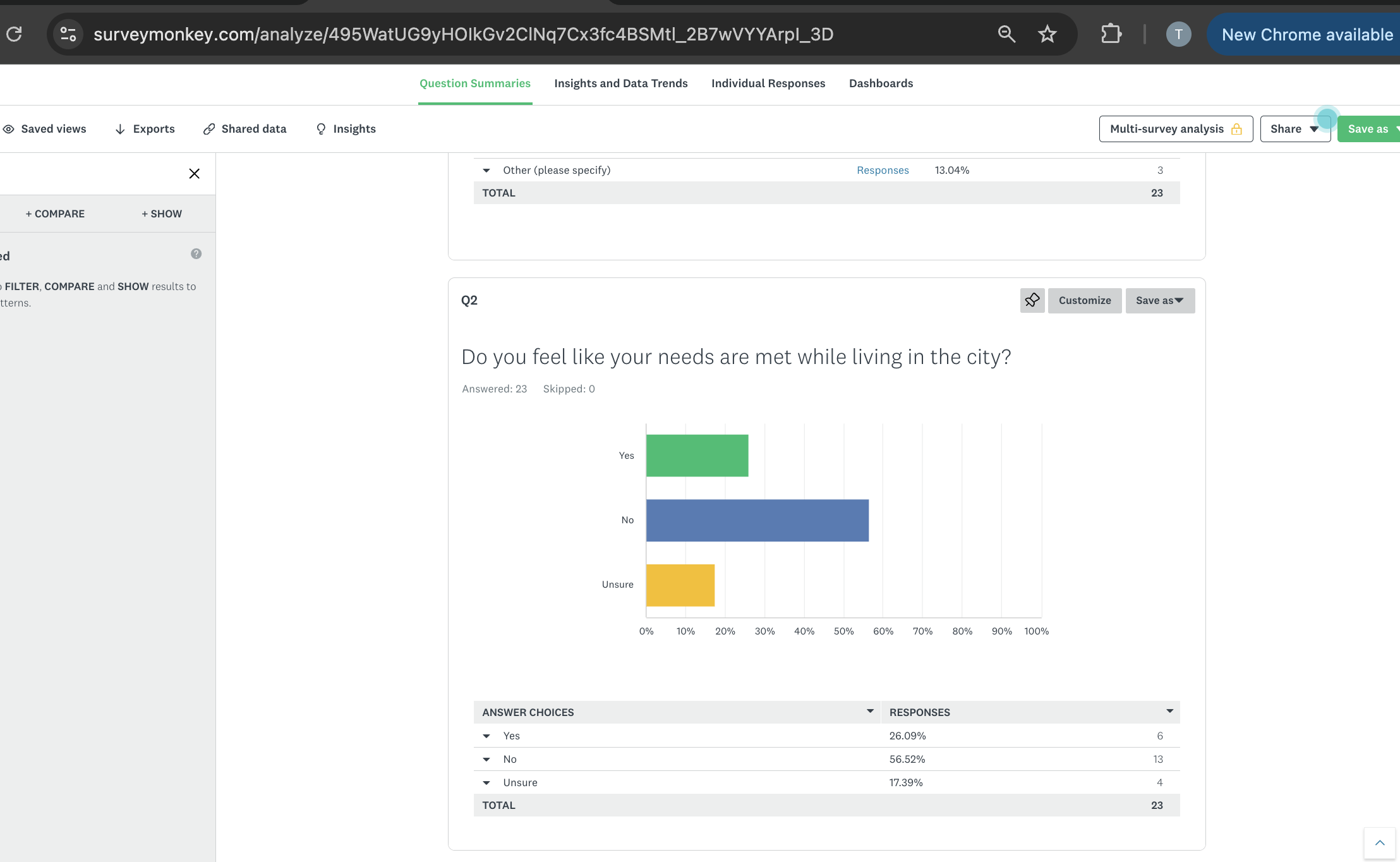
In that same survey, people expressed the need for more government accountability. According to Colombo (quoted above), the city of Puyallup has tried to vote in an ethics committee three times but every attempt was ejected by the council. They have not responded for comment.
This is where journalism could play a important role in supporting the city and our communities. It is our responsibility as journalists to gather and deliver accurate information so that the public can make smart, informed decisions.
What's Next?
The first thing we need is to learn more about what our community needs. Since we've only completed one small, limited survey we need to increase our efforts and broaden the scope of our study. Our surveys should be distributed on multiple social media platforms.
We should also survey people in populated areas of the city, and even create flyers asking members of the public to volunteer their contact info for future updates and conversations. Community support is the most important point of this news initiative. Once we have the support of the community, we can move forward with a solid news program.
What Can We Do?

Online Digital Grassroots Platform
Our first idea is starting a grassroots online news site, meaning this would be created and run entirely by volunteers. This is a great method to quickly gain strong community ties. This can be started relatively easy and immediately, since it requires little-to-no investment.
Like mentioned above, more and more people are getting their news completely from online. The downside to this method, however, is that it is a lot more time consuming as you will have less resources and you need to compete for attention with other digital networks.
Local Brick & Mortar News Station
A second possibility is creating a local in-person news station. Puyallup has an active downtown district and the location would allow journalists regular opportunities to work closely with the people and businesses in the area. Though lack of trust will still be an issue, especially when we first start, having an established location could make us look more credible, which will help the public feel more comfortable working with us.
As noted earlier though, it's much more expensive as you have to buy, or more likely lease, a building, pay employees, and broadcast on television. Costs to get started are high, you might need to rely on grants or donors. However, the public seems to disapprove of this idea as many believe that the stations will be less likely to criticize their sponsors, increasing the chances of corruption.
Find Strength In Community
At a time where so much information can be unreliable, its more important than ever for journalists to build strong ties with the community and the most effective way to make this happen is by being accurate, transparent, and fair in our reporting. Together, we have the power to build an educated, thriving, and just city. Click subscribe on the bottom of my website to be part of the effort to save local journalism and receive future updates!


